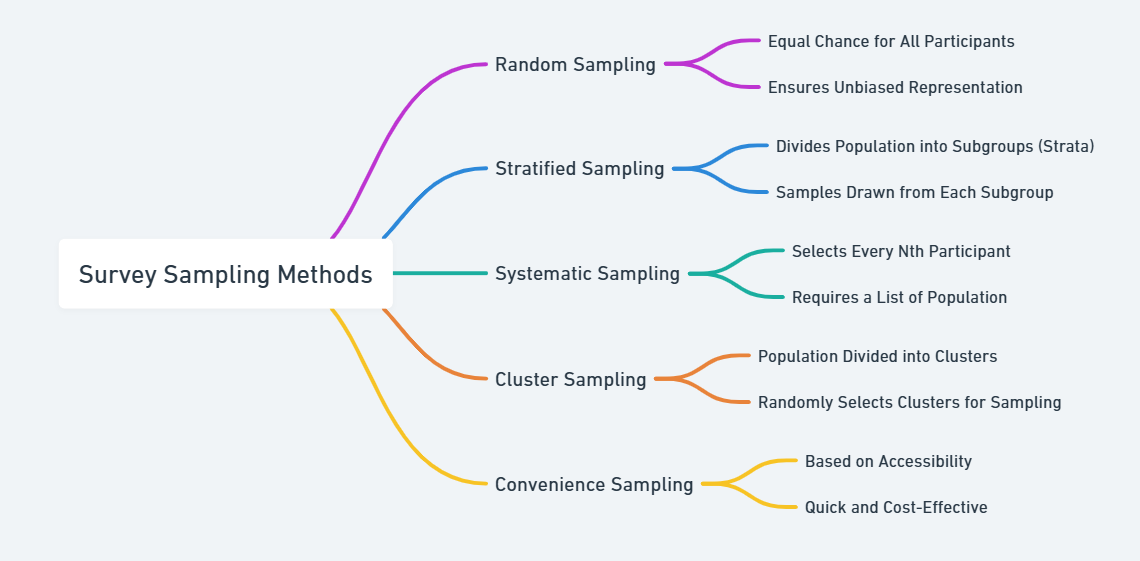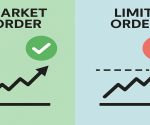Census and sample surveys are two commonly applied data gathering and analysis methods extensively used in government policies, market research, and social sciences to ascertain population behavior and trends. A census is concerned with the population, while a sample survey concerns a representative subset. Both methods have unique advantages and disadvantages, determined by the purpose and scope of the study.
Key Differences: Census vs Sampling
The main variation between census and sample survey lies in the degree of data collection. A census involves every unit or person, whereas a sample survey collects data from a selected segment that has been drawn very carefully in such a way that it represents the population effectively.
| Parameter | Census | Sample Survey |
|---|---|---|
| Definition | Collects data from every member of the population. | Collects data from a subset of the population. |
| Cost | High cost due to extensive data collection. | Lower cost, requiring fewer resources. |
| Time Consumption | Takes significant time to complete. | Faster due to limited data collection. |
| Accuracy | High, provided data collection is comprehensive. | Varies depending on sampling method and sample size. |
| Examples | National population census, agricultural census. | Market research, opinion polls. |
| Feasibility | Feasible only for small populations or periodic studies. | Feasible for ongoing studies or where quick insights are needed. |
Census is suitable when absolute accuracy is needed for policymaking, while sampling is preferred for quick, cost-effective insights.
What is Census?
Census is systematically collecting information from every individual or unit in a defined population. This method provides an accurate view of population dynamics, which is essential for national planning and policy development.
The word “census” has its root in Latin, in the word “censere,” which means to assess or tax. Historically, censuses were taken from ancient times to track the population size, distribution of wealth, and the government’s administrative needs. These days, across the world, censuses are taken yearly, usually every ten years to deliver important insights for governance and further development.
Advantages of Census
- Comprehensive Data: Covers all population attributes, ensuring data completeness.
- High Precision: Provides accurate statistics due to exhaustive coverage.
- Policy Support: Essential for creating data-driven policies, such as infrastructure development and resource allocation.
- Longitudinal Studies: Enables comparisons over time, helping to track trends and patterns.
Disadvantages of Census
- High Cost: The exhaustive nature of census data collection makes it resource-intensive.
- Time-Consuming: Conducting and processing data takes significant time, delaying insights.
- Logistical Challenges: Managing large-scale data collection across vast regions can be difficult.
- Static Nature: Data becomes outdated by the time it is fully analyzed.
Sample Survey Meaning
A sample survey refers to the process of gathering data from a subset of a population that is representative in nature. This has proven to be an efficient alternative to a census method, especially where time and budgetary constraints or logistical constraints exist.
Sample surveys are planned studies wherein a portion of a population selected through survey sampling techniques provides approximations regarding other characteristics linked with the whole population. They are highly used for making speedy decisions at a minimal cost within business, academia, and public policy.

Survey Sampling Methods
The accuracy of a sample survey heavily relies on the sampling method. The selected sample must represent the population accurately to ensure meaningful results.
Types of Sampling Methods
- Random Sampling: Ensures every individual has an equal probability of selection, minimizing bias.
- Stratified Sampling: Divides the population into strata or groups and samples from each, ensuring diversity.
- Systematic Sampling: Selects individuals at regular intervals from an ordered list, offering simplicity.
- Cluster Sampling: Focuses on entire clusters, often used for geographically dispersed populations.
- Convenience Sampling: Selects participants based on accessibility, though it may introduce bias.
The choice of sampling method depends on study objectives, population size, and available resources.
Advantages and Disadvantages of Sample Survey
While sample surveys offer practical solutions for data collection, they come with limitations. Understanding their strengths and weaknesses is crucial for their effective application.
Advantages
- Cost Efficiency: It requires fewer resources, making it affordable for smaller studies.
- Time-Saving: Results can be obtained quickly compared to a census.
- Flexibility: Easily adaptable to different study designs and scopes.
- Scalability: Suitable for small-scale studies and larger populations alike.
Disadvantages
- Sampling Bias: Errors in sample selection can lead to skewed results.
- Limited Detail: Provides less comprehensive data compared to a census.
- Dependence on Methodology: Inaccurate methods compromise the reliability of findings.
- Inconsistencies: Results may vary if the sample is not representative of the population.
The success of a sample survey depends on careful planning and the use of appropriate sampling techniques.
Similarities Between Census and Sample Survey
Although census and sample surveys differ significantly, they share certain similarities in objectives, execution, and applications.
Key Similarities
- Purpose: Both aim to collect data for understanding population characteristics and trends.
- Planning and Execution: Require meticulous planning to ensure data quality and validity.
- Applications: Used across various domains, including demographics, economics, and health studies.
- Statistical Principles: Both rely on statistical tools for data collection, analysis, and inference.
Understanding these similarities helps in appreciating the complementary roles of these methods in research and policy formulation.
Conclusion
Census and sample surveys are essential tools in research and policymaking. While the census will give information that is comprehensive and very accurate but necessary for implementing massive policies, sample surveys would be fast and inexpensive insights for focused studies. From the differences, similarities, and applications of the methods, organizations and governments learn which method is best suited to their given needs.
Census and Sample Survey FAQs
What is the primary difference between census and sample survey?
A census involves data collection from the entire population, ensuring comprehensive coverage, while a sample survey gathers data from a representative subset, offering quicker and cost-effective insights.
What are the advantages of survey sampling methods?
Survey sampling methods are cost-effective, time-efficient, and flexible, making them ideal for quick data collection and analysis in large populations.
How do survey sampling methods ensure accuracy?
Accuracy depends on the method used. Random and stratified sampling methods reduce bias and enhance representativeness, ensuring reliable results.
Can a sample survey replace a census?
No, a sample survey cannot fully replace a census as it provides only approximate insights, while a census offers exhaustive and highly accurate data.
Why are census studies expensive?
Census studies require extensive resources, including manpower, time, and finances, to cover every individual in the population comprehensively.


